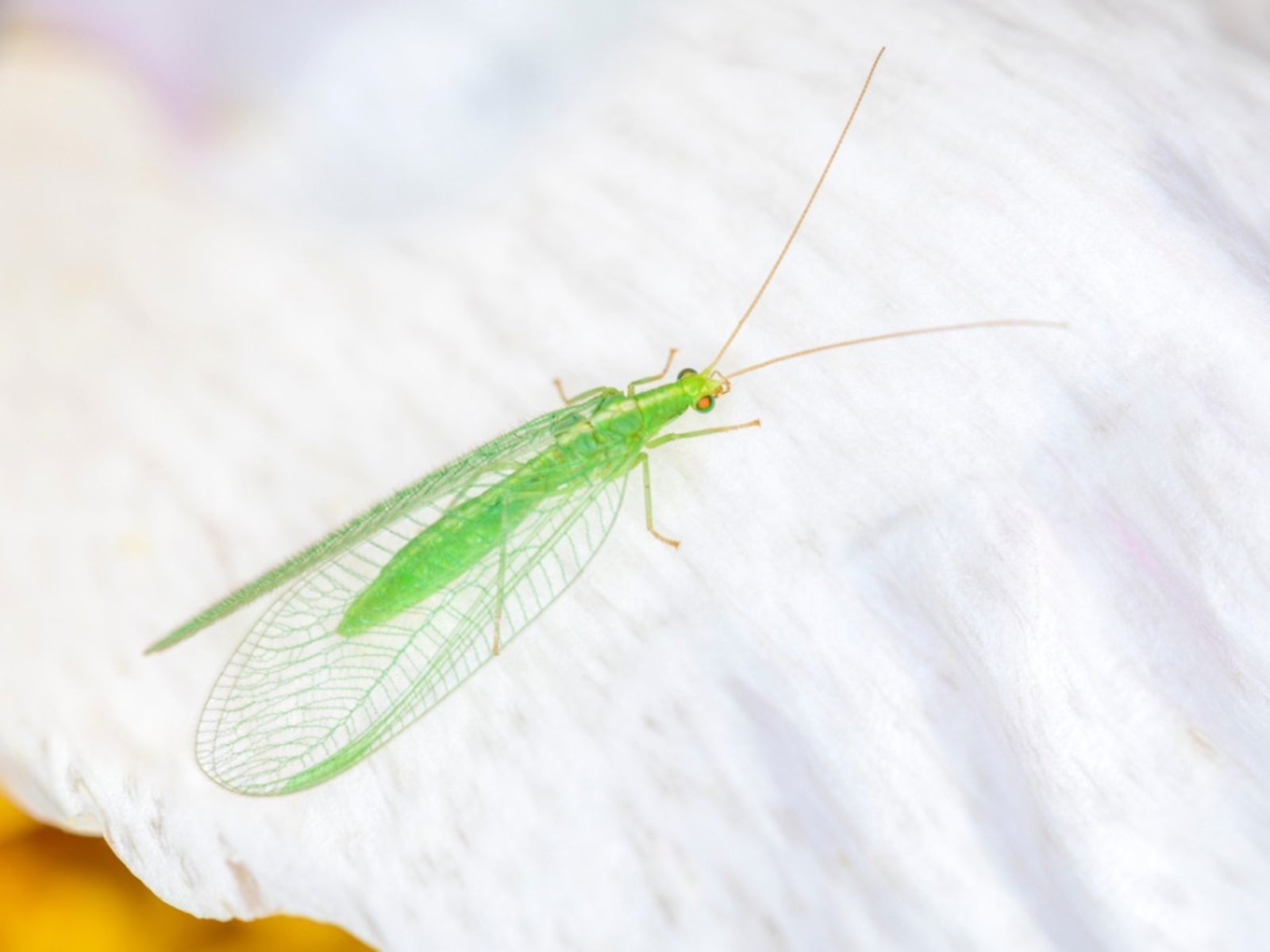Insects
Insect pests in the garden can be a nightmare, especially when they're seeking out your plants as an appetizer or breeding ground. The following articles provide information on some of the most common of these problematic insects and what you can do to both prevent and rid them of your garden plots. Read on to learn more.
-
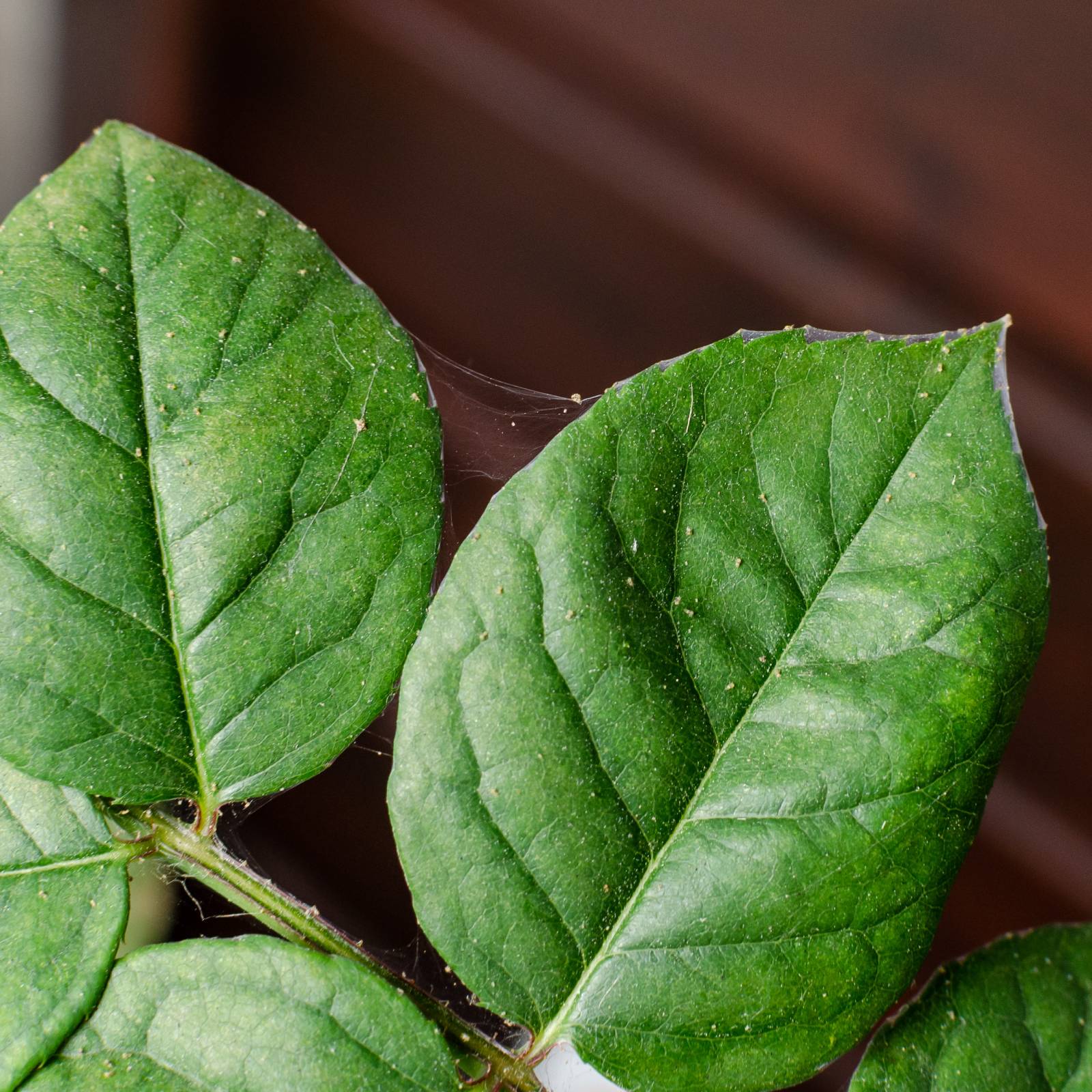
Spider Mites: What Are They And How To Get Rid Of Them
Spider mites are a common pest of plants and cause damage by sucking plant juices from the leaves. They can be controlled with natural and chemical means.
By Susan Albert
-
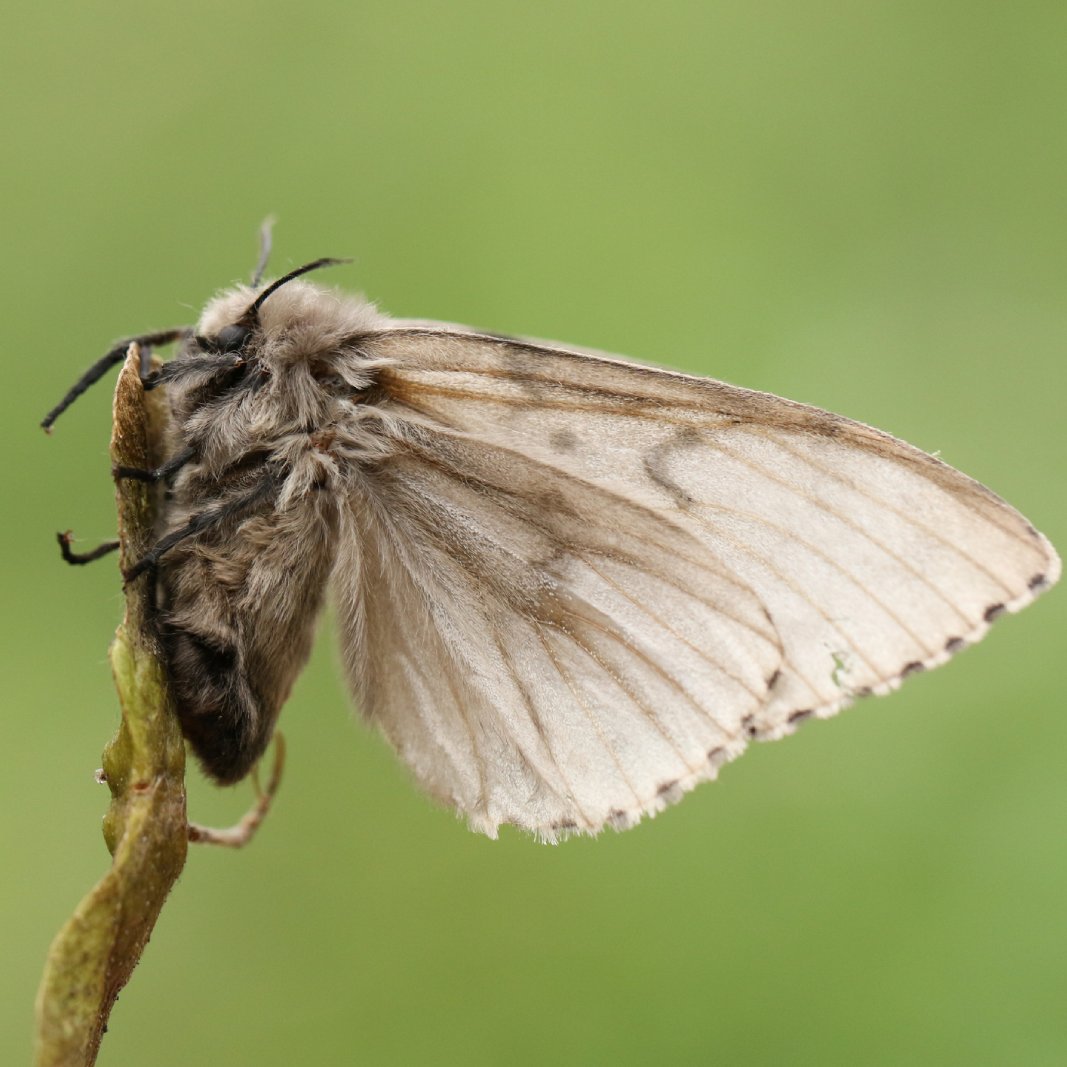
Spongy Moth: How To Identify, Prevent & Eliminate This Destructive Pest
Spongy moth was brought to the US as a potential source of silk, but is now considered a destructive pest that feeds on native trees.
By Bonnie L. Grant
-
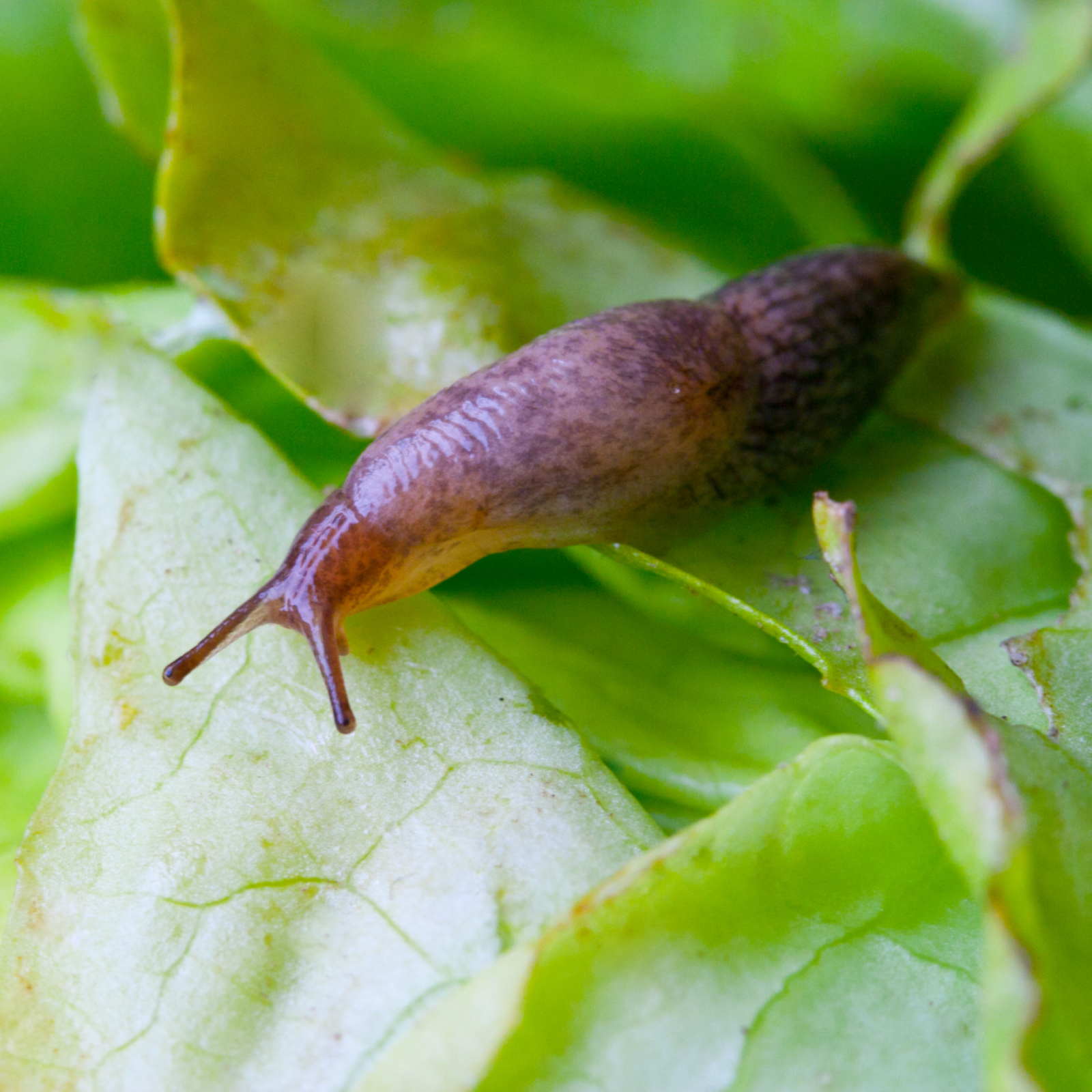
Slugs Eating Your Plants? Offer Them a Beer Instead
Slugs and snails love beer, but they're no match for a slug beer trap. Learn how beer will lure them away from your vegetables, flowers, and special plants like hostas.
By Laura Miller
-

How To Get Rid Of Mosquitoes In The Garden: 9 Natural Ways To Make Them Buzz Off!
How to get rid of mosquitoes is on the minds of people in the summer in almost every region of the world. Learn how to repel the pests without toxic chemicals.
By Mary Ellen Ellis
-
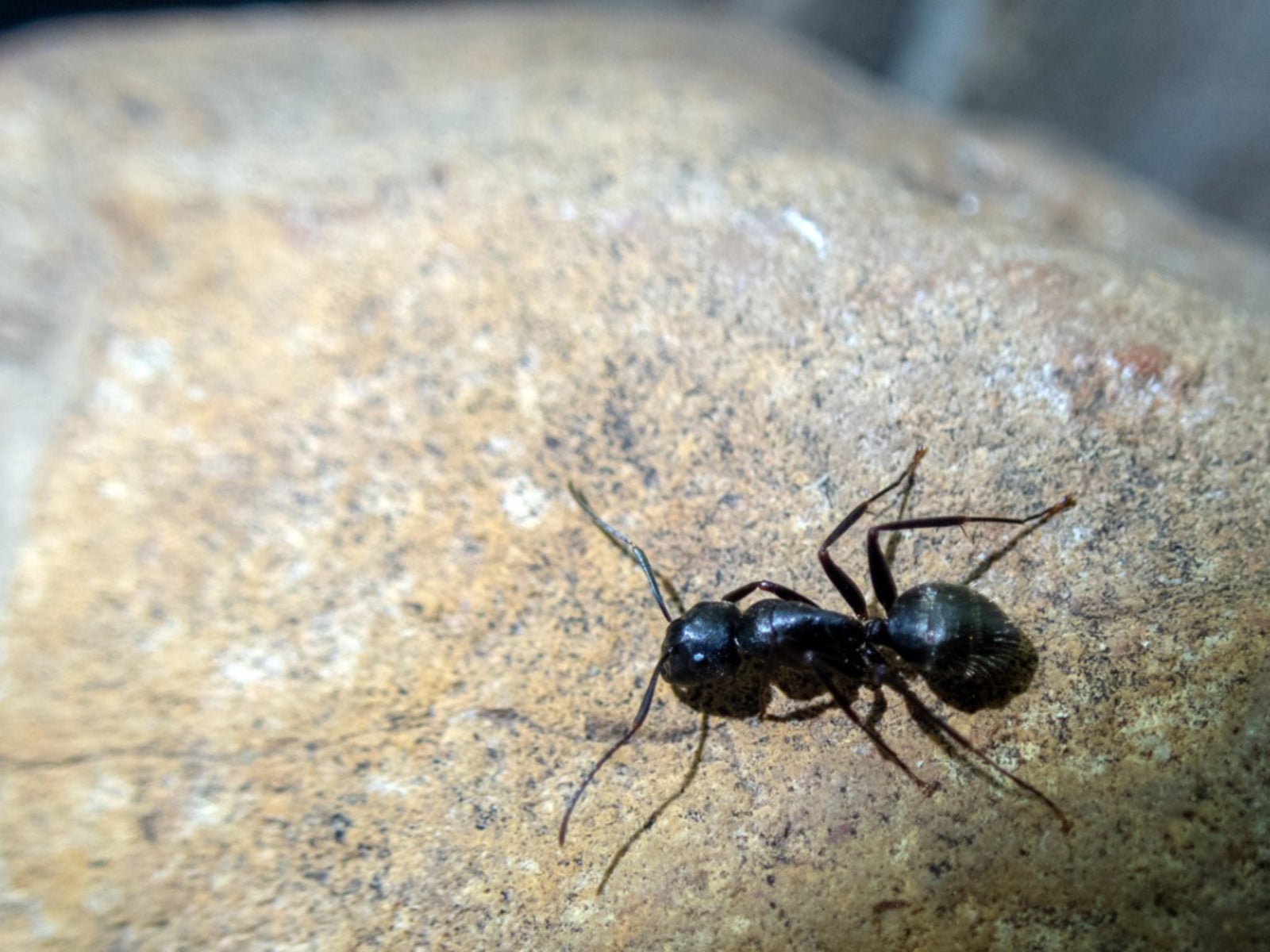
CARPENTER ANTS - A DIY GUIDE
Carpenter ants don't eat wood and, with a bit of patience, you can eliminate them with homemade remedies.
By Caroline Bloomfield
-
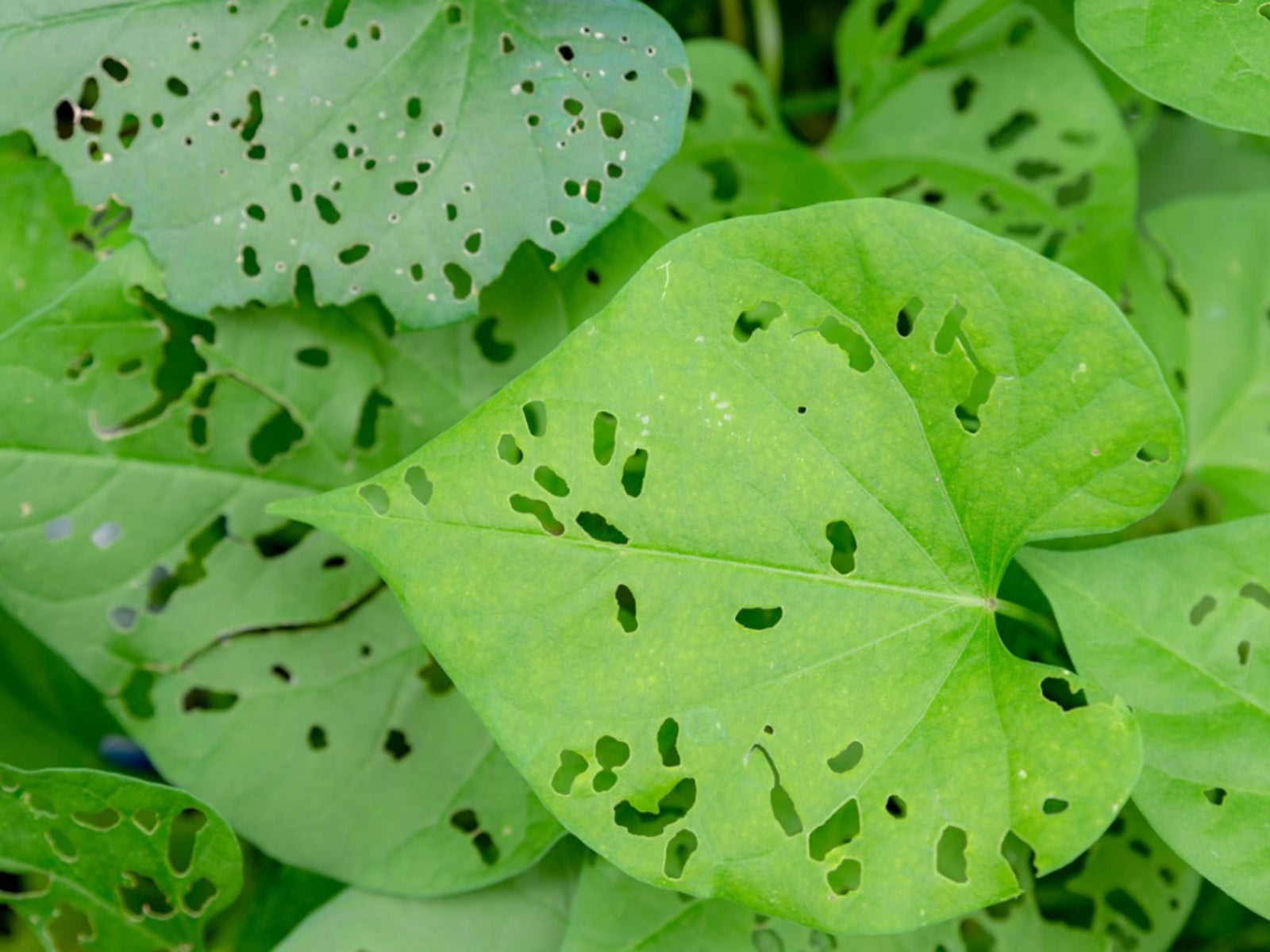
Holes In The Leaves Of Your Plants? Common Causes & Fixes
Holes in the leaves of plants can be a bit distressing. From tiny holes to giant ones, “What is eating my plants?” is a gardening question heard around the world in spring and summer. Learning to diagnose and address leaf damage can help.
By Liz Baessler
-
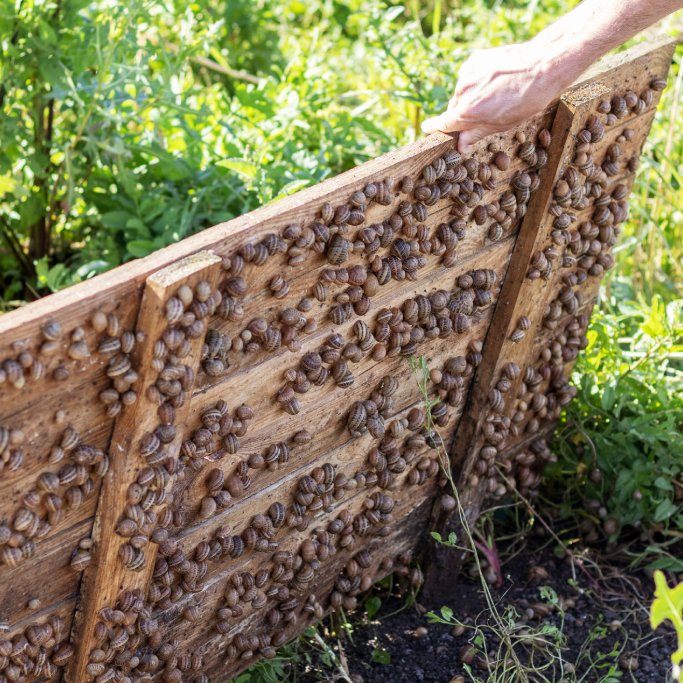
Simple Slug Trap - The Easiest Way To Get Rid Of Slugs & Snails
If your plants are getting chewed up in the night, you may want to make a DIY slug trap to attract and isolate them.
By Amy Grant
-
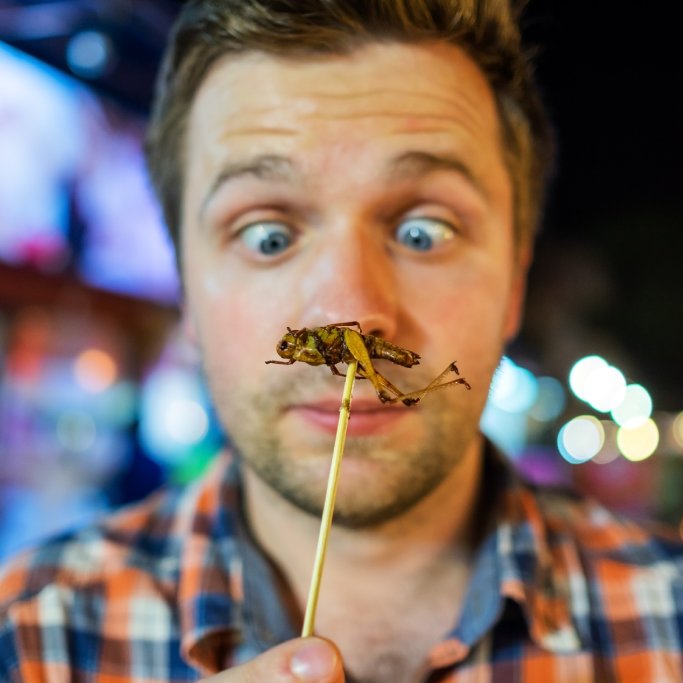
Eating Bugs From The Garden – Put Pests On Your Dinner Plate
Edible bugs are a familiar diet staple in 130 countries. In the not-too-distant future eating bugs may become a normal part of our daily lives.
By Bonnie L. Grant
-
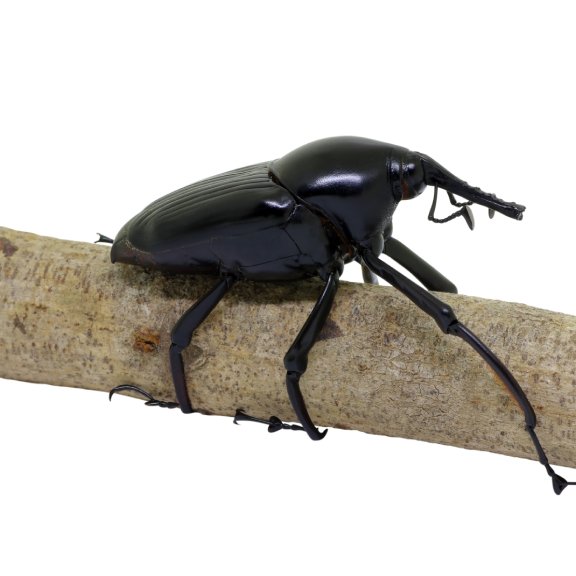
South American Palm Weevil: Identification & Control Methods
South American palm weevils are small bugs that can cause big damage.
By Teo Spengler
-

What to Know As You Learn How To Create a Butterfly Garden
Learning the ins-and-outs of creating a butterfly garden can be a daunting task for gardeners of all skill levels. That’s why we’re on a mission to make your journey less intimidating.
By Gardening Know How
-
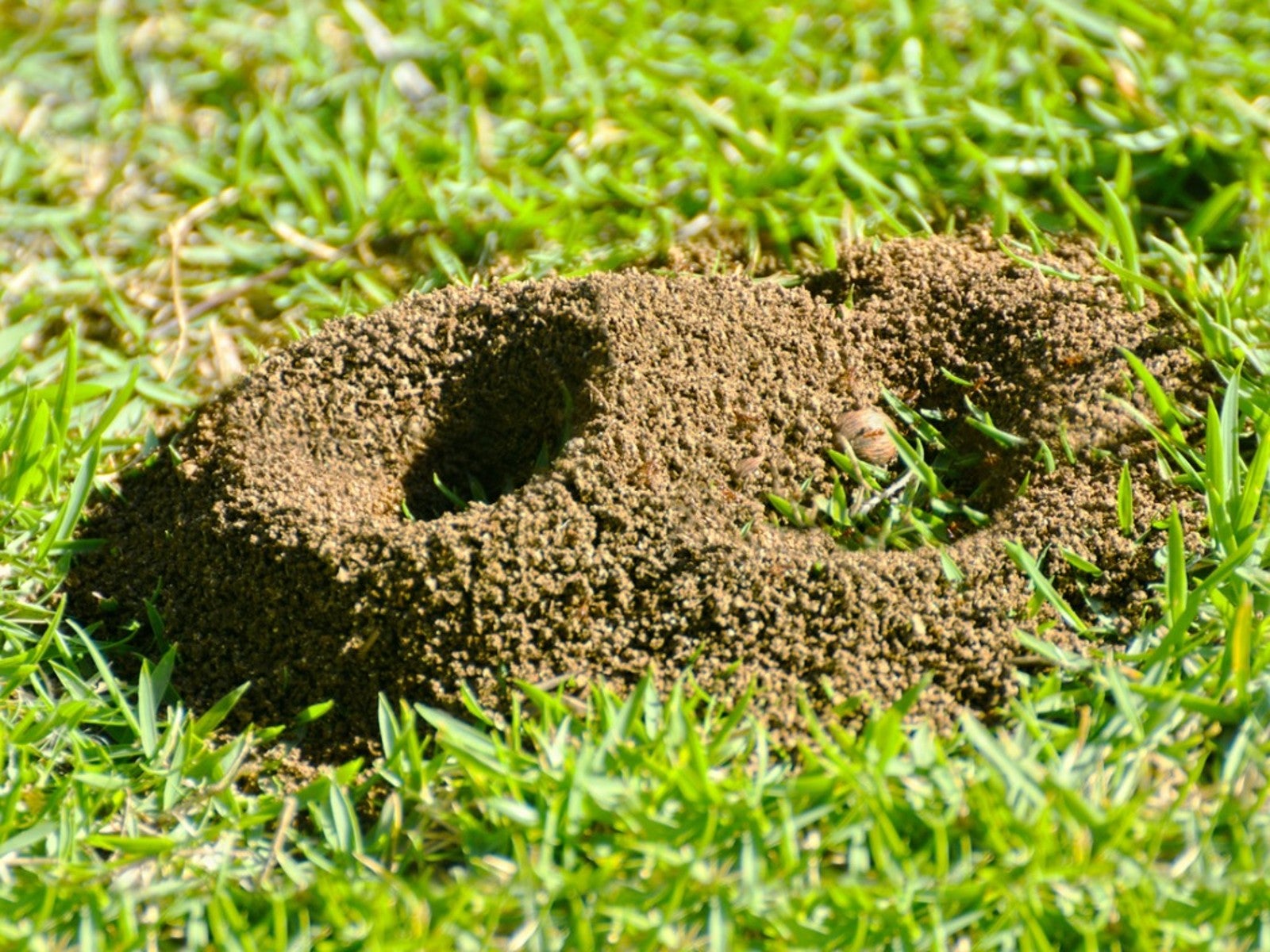
Ant Hills In Grass: How To Control Ants In Lawns
Ants in your lawn may be a problem to be solved, but you may be surprised to learn ants aren’t all bad. Click to learn more.
By Bonnie L. Grant
-

Flea Control For Gardens: Learn About Lawn And Garden Flea Control
Want to keep yourself and your pets safe from fleas in the garden? Click here to learn about garden flea control.
By Jackie Carroll
-
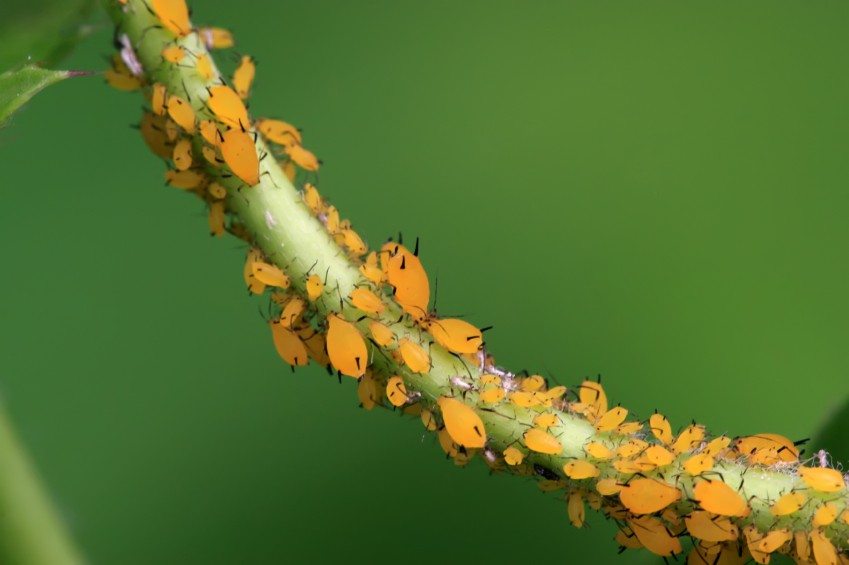
Killing Aphids Naturally: How To Get Rid Of Aphids Safely
Getting rid of aphids is no easy task. Click here to learn how to get rid of aphids naturally.
By Heather Rhoades
-
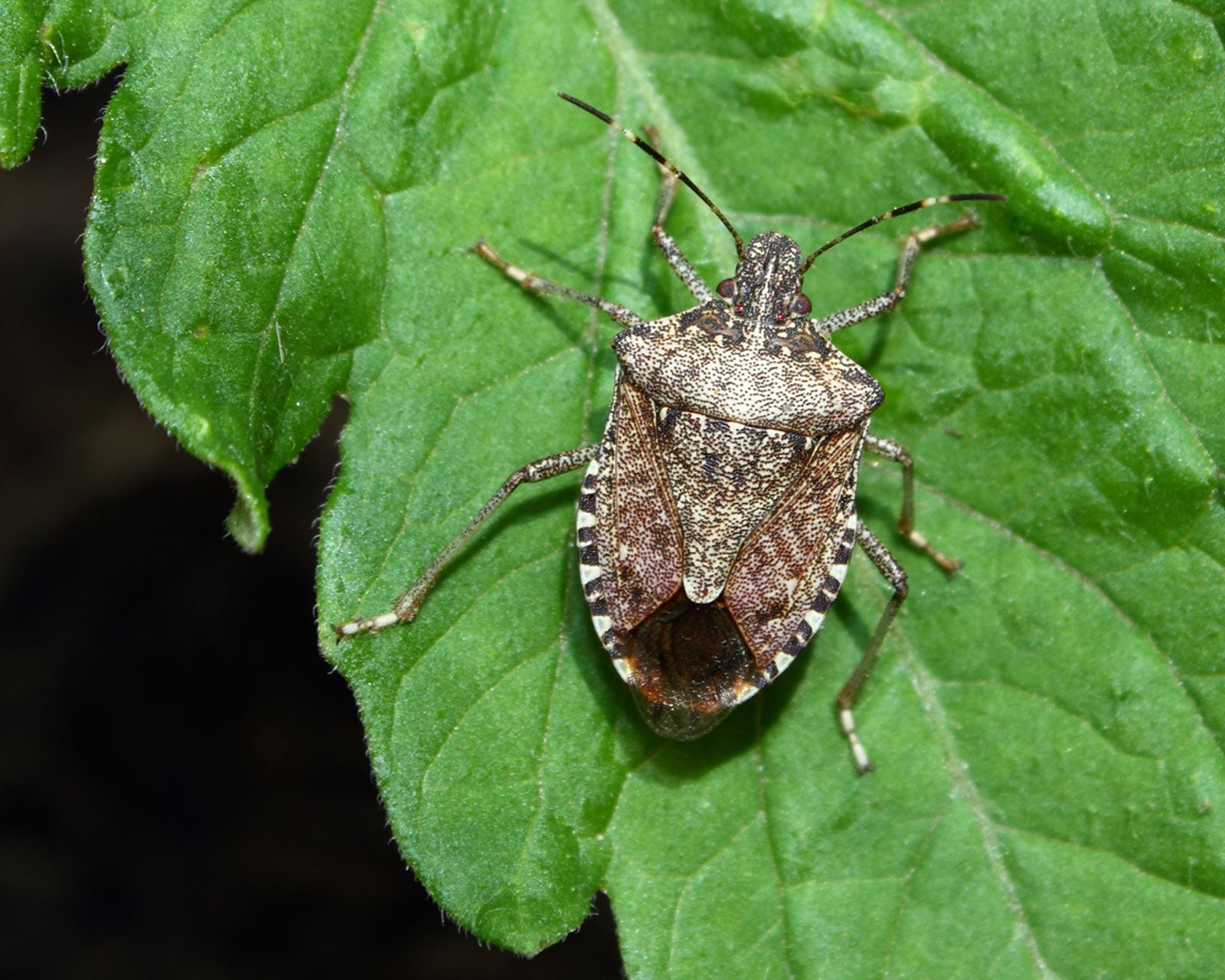
Getting Rid Of Stink Bugs - How To Kill Stink Bugs
Stink bugs are commonly found throughout the U.S. in gardens and occasionally the home. When stink bug control becomes necessary, use the steps in this article to get rid of them.
By Nikki Tilley
-
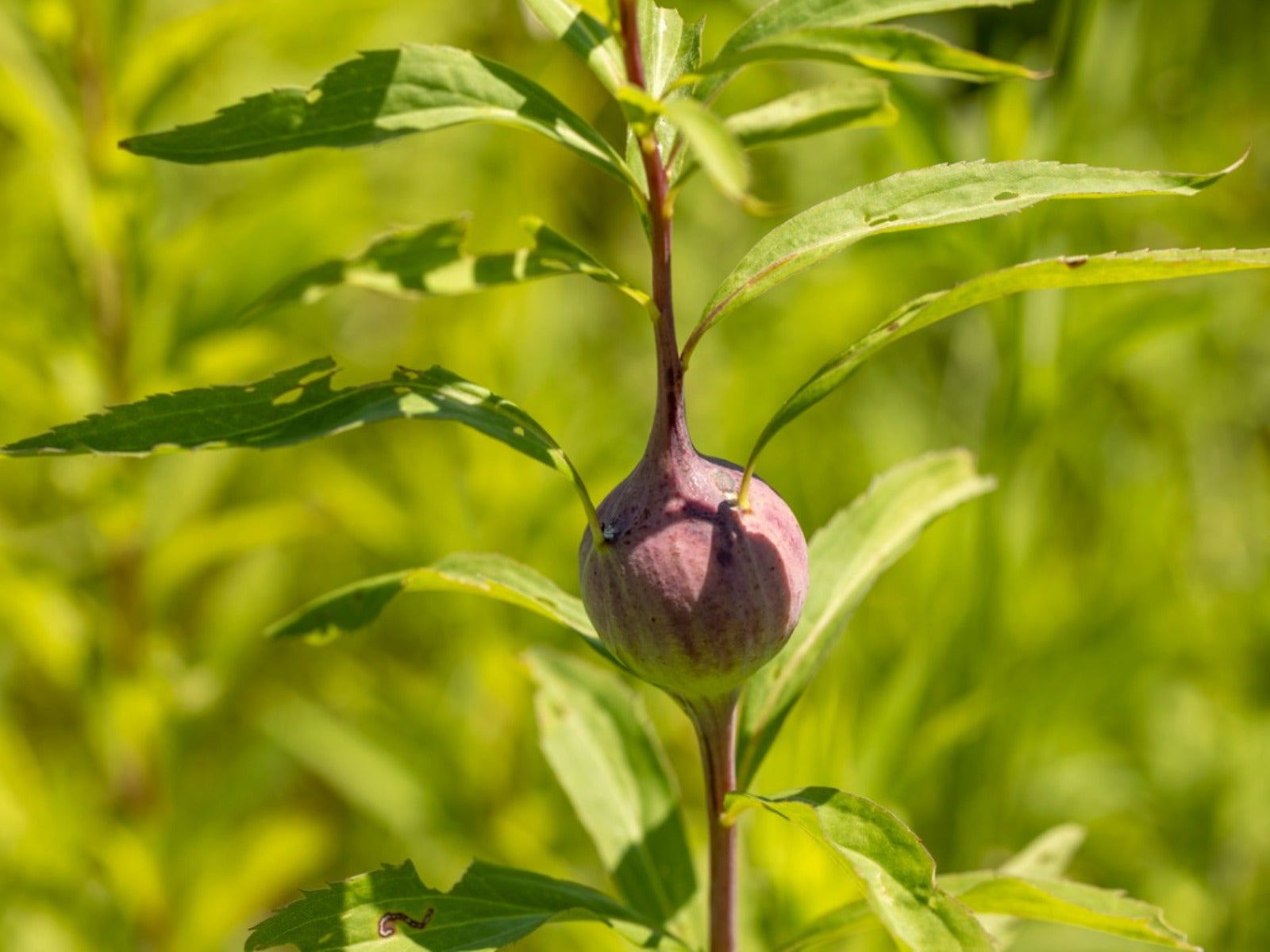
Goldenrod Gall Fly Causing Lumps On Plant Stems
Ball shaped growths on goldenrod mean it’s being visited by gall flies who encapsulate themselves on the plant. Click for more.
By Amy Grant
-
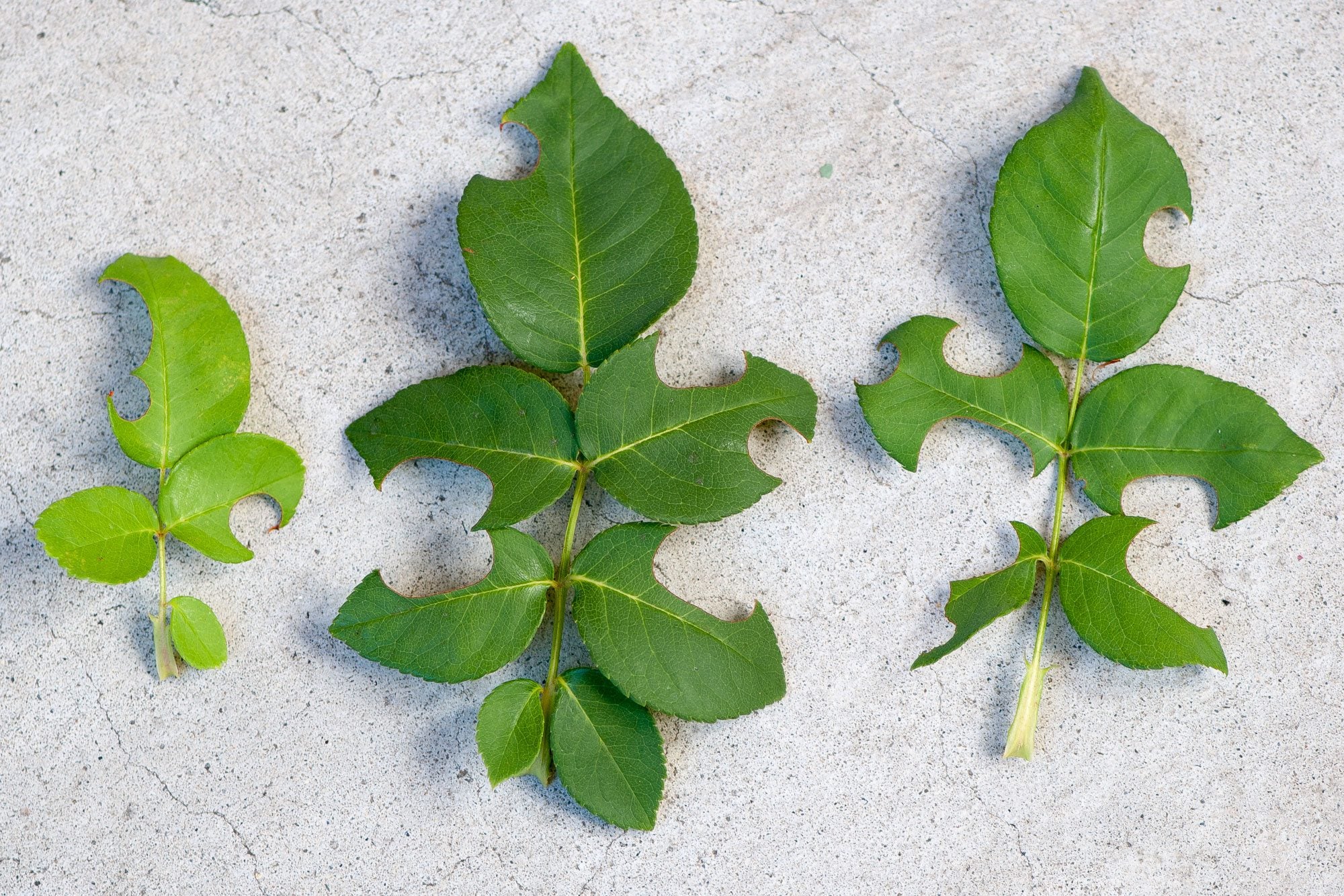
Learn About Leaf Cutter Bees
Do you ever see half moon shaped notches that appear to have been cut out of the leaves on your rosebushes or shrubs? If so, your garden may have been visited by the leaf cutter bee. Learn more here.
By Stan V. Griep
-
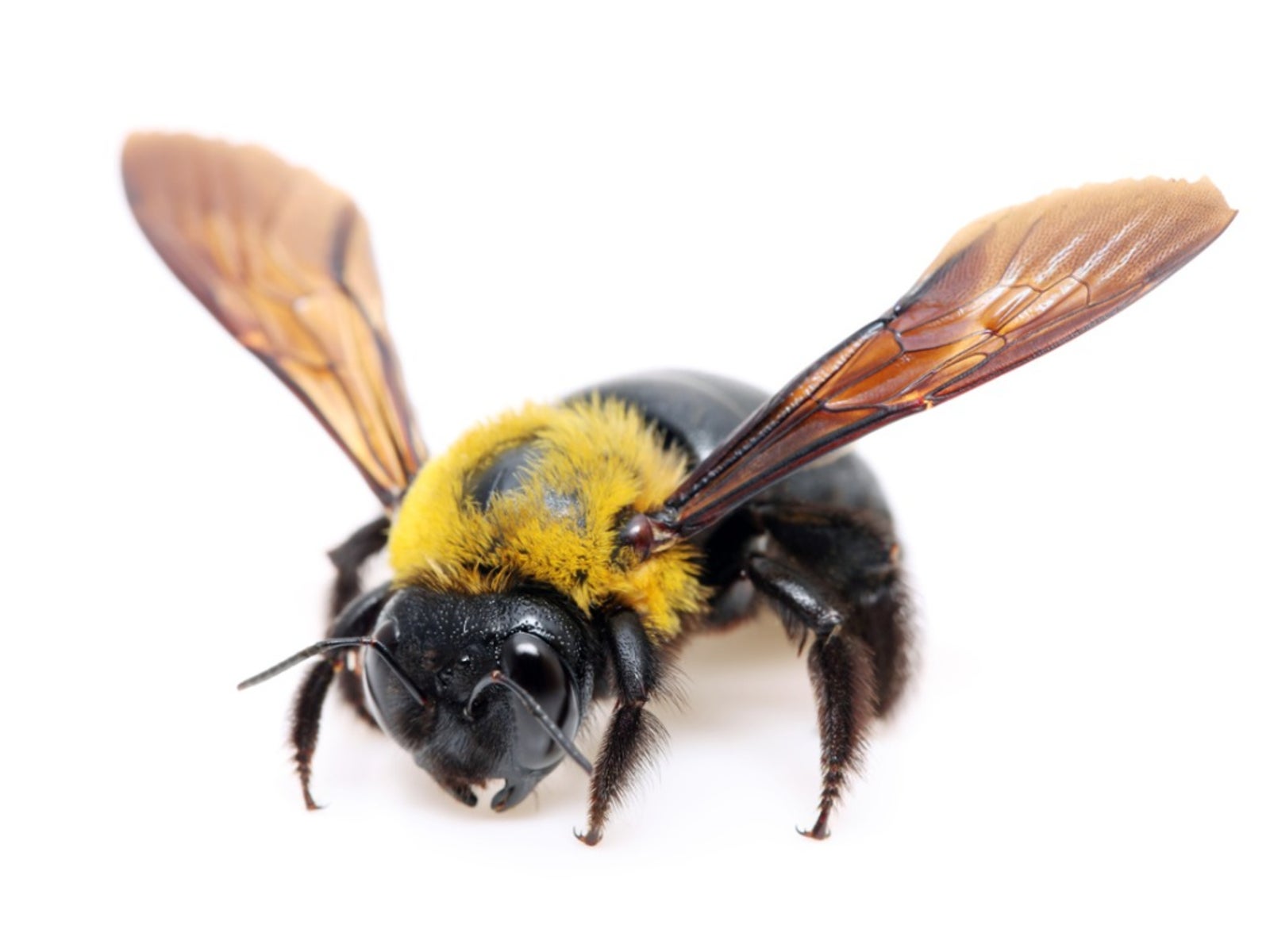
Carpenter Bee Control: How To Prevent Carpenter Bee Damage
Carpenter bees pose little threat to people, but they can cause serious damage to exposed wood. Read this article to find out how to get rid of carpenter bees. Click here for more information.
By Jackie Carroll
